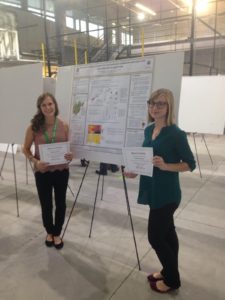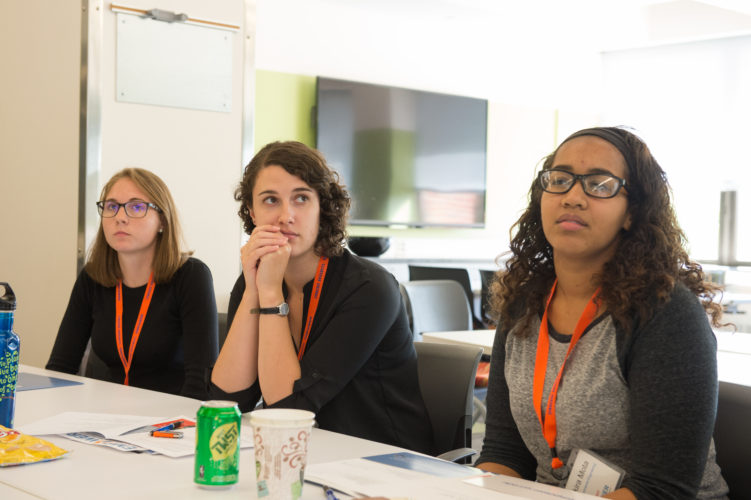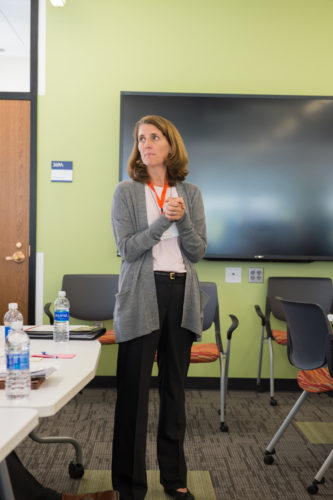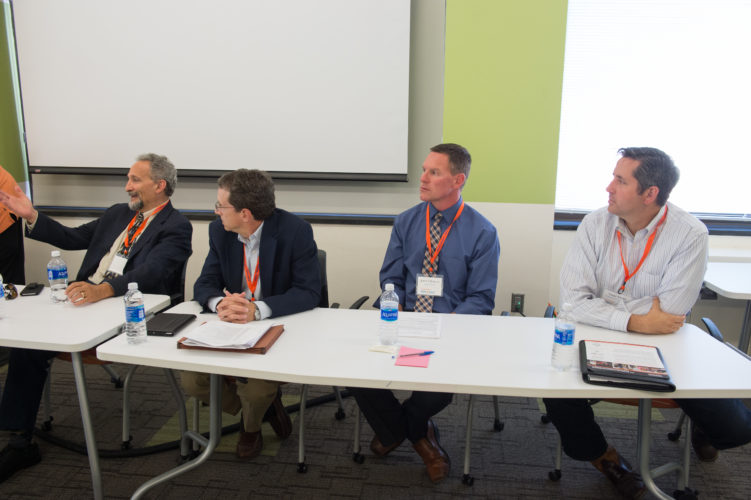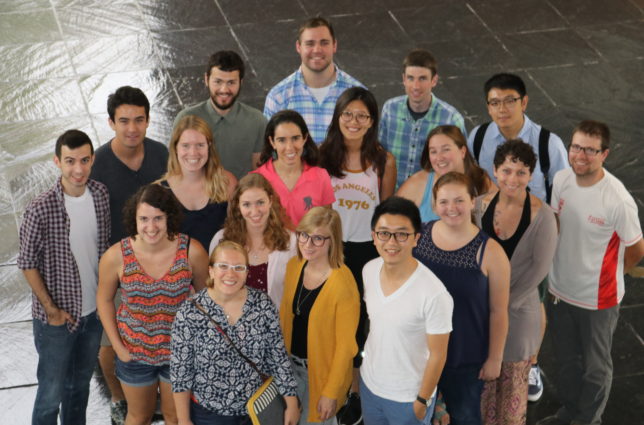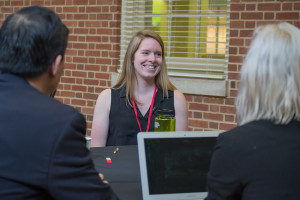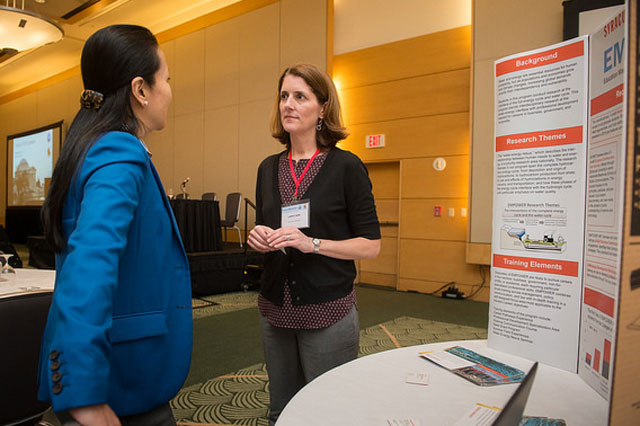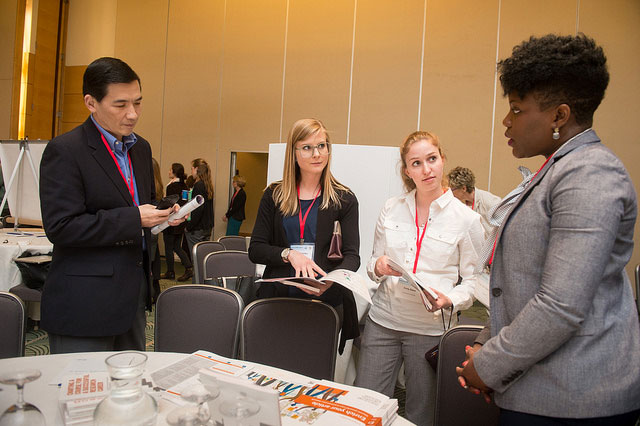A good understanding of groundwater quantity and quality requires knowledge of how rock becomes soil through weathering processes. When bedrock weathers, pore spaces are created through which water can travel and be stored in aquifers. The National Science Foundation has set up ten “Critical Zone Observatories” (CZOs) across the country where scientists from many different disciplines can come together and conduct research on near- surface processes and structure. The critical zone can be thought of as the “skin of the earth”, extending from the tops of the trees down to the bedrock- soil interface. The more connected the pore spaces in the subsurface, the more potential that particular area has for storing groundwater.
Recently, EMPOWER hosted visiting scholar, Dr. Steven Holbrook of the University of Wyoming. Dr. Holbrook is a scientist who studies critical zone architecture through the use of geophysics. His methods include seismic refraction, in which sound waves are generated by a sledgehammer or small explosive charge at the surface, and the sound waves travel downward into the critical zone, then refract back up to the surface where they are detected with small sensors. Sound waves travel faster through more compacted, less porous soils, and slower through less compacted media. With this method, Dr. Holbrook is able to model how porosity changes with depth in the critical zone, and identify where bedrock is being weathered underground, converting to more porous soils. With an understanding of porosity, we can make estimates of how much water the ground can possibly hold, and how that quantity can change over time with weathering rates.
In 2012, Dr. Holbrook and colleagues founded the Wyoming Center for Environmental Hydrology and Geophysics (WyCEHG) from a $20 million EPSCOR grant from the National Science Foundation. The goals of the center are (1) to improve understanding of mountain front hydrology, (2) to improve understanding of effects on hydrologic systems by climate change, (3) improving integrated modeling of hydrologic processes, and (4) to provide geophysical research tools for educators and water managers in the state of Wyoming. WyCEHG provides education and training in geophysics, and conducts scientific research in critical zones throughout the country. Learn more at http://steveholbrook.com/wycehg/.
Story submitted by Sara Alesi, Megan Daley, Robin Glas, and Yige Yang
